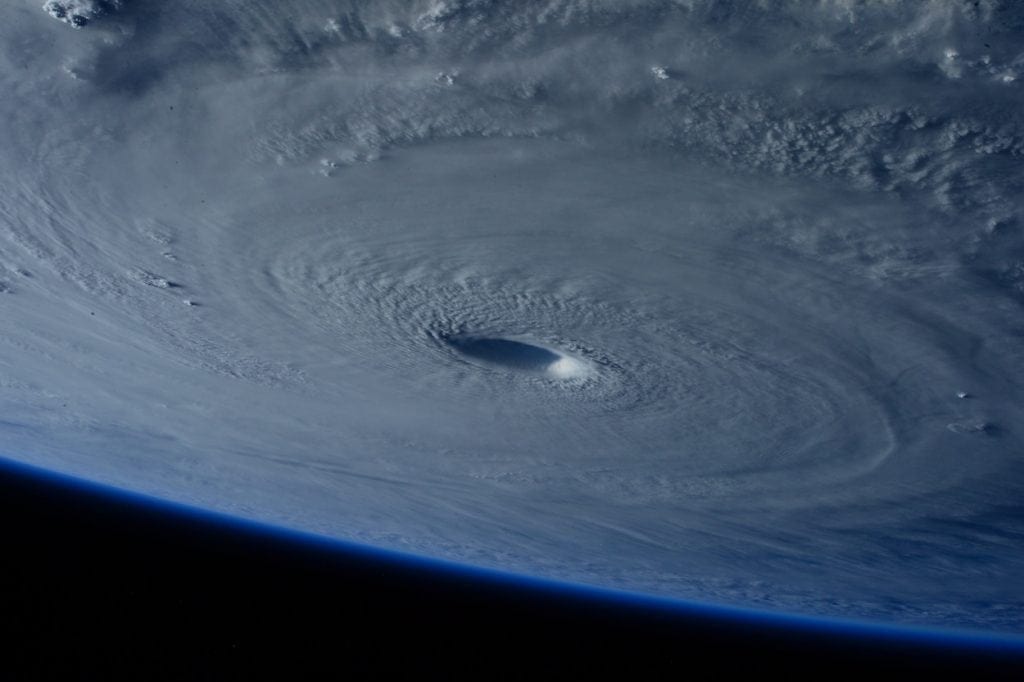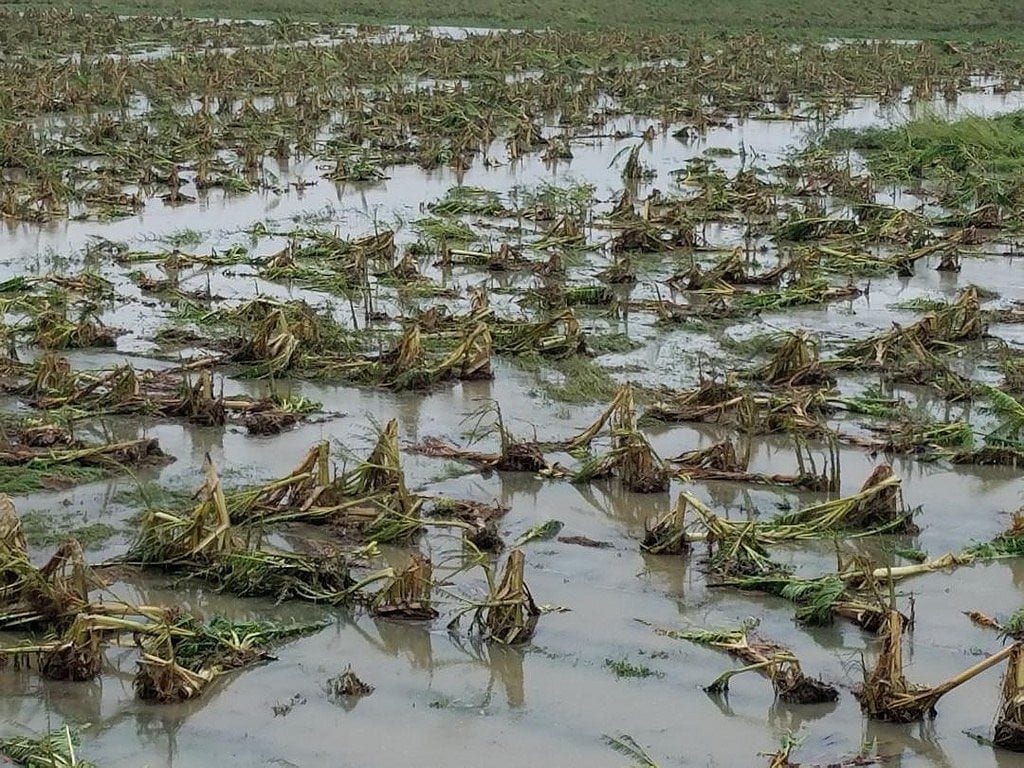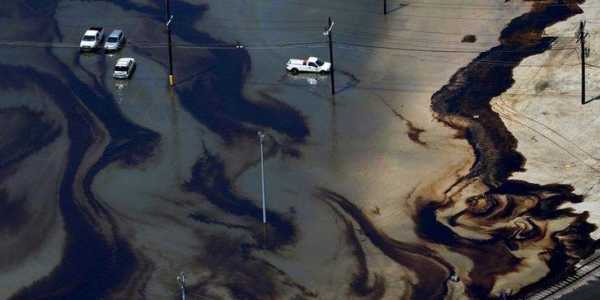
Category four and five hurricanes have increased in frequency, intensity, and duration since the early 1980s, according to the National Climate Assessment. Hurricanes above a category three are estimated to now be twice as likely as they were about a century ago. Many scientists attribute this increase to global warming.
These changes mean that hurricanes may continue to cause rising numbers of injuries and deaths, more destruction to buildings and infrastructure and environmental damage.
This environmental damage can become particularly severe with increasing hurricane frequency, as the natural environment may not have time to recover. The loss of ecosystem services due to hurricanes early in the season can make the damage caused by the subsequent storms worse. These environmental systems also have a significant impact on human health and storm recovery efforts.
The Environmental Impact of Hurricanes
To mitigate the impacts of hurricanes, governments, non-profits, first responders, utility companies, and others need to establish plans for minimizing damage, evacuating residents and rebuilding damaged areas. These plans should account for the environmental damage.
Hurricanes can damage ecosystems by ripping vegetation out of the ground and tearing leaves off of trees. They can also cause saltwater to surge into fresh water.
Both of these scenarios result in loss of habitat and food sources for wildlife. Many animals are also forced out of their homes, injured or killed by the storm itself.
Hurricanes also often damage facilities and infrastructure, causing them to release pollutants into the air and water. After the storm, because of the extent of the required cleanup, the government often waives environmental regulations, causing environmental and health impacts to worsen even more after the fact.
1. Strengthen Buffers

Wetlands and shorelines are a primary buffer for major storms. They take much of the damage, sparing the inland. Researchers determined that wetlands prevented $625 million in damage from Hurricane Sandy.
Because they are the first line of defense though, wetlands and shoreline become extremely damaged during storms and need time to recover. With increasing storm frequency, though, they often will not have enough time, and we will lose their protection from future storms. They also support large amounts of wildlife, which risk devastating losses from storms.
To prevent hurricanes late in the season from being even more damaging due to depleted wetlands, we should prioritize rebuilding them after storms. Local governments should also invest extra funding into manmade barriers such as floodwalls.
2. Prevent Pollutants From Escaping

Particular attention should also be paid to facilities and infrastructure that may release pollutants into the environment during a storm. These facilities include oil refineries, sewage treatment plants, waste management plants and manufacturing facilities. Other areas of concerns are Superfund sites, land contaminated by hazardous waste and identified by the EPA for cleanup.
Some Superfund sites include barriers and may even be “entombed” in concrete. Sites in areas susceptible to hurricanes should have barriers of some sort.
Local governments and companies that operate other facilities that handle hazardous materials should invest in fortifying them against storms. This can lessen the damage that hurricanes cause and make the recovery process much faster and more manageable.
3. Resources During Recovery
Unfortunately, some contaminants are likely to escape during storms. Because of this, as well as the fact that it’s difficult to get resources to people in hurricane-affected areas, recovery plans should include plans for ensuring access to critical resources. This extends all the way from individuals and families to government relief efforts.
Procedures should be in place for importing purified water, food and medical supplies. Having these procedures mapped out ahead can make they get efficiently delivered when time is of the essence.
Power for electricity, heating, and cooling is another resource that should be included in recovery plans. Essential facilities such as hospitals and police stations need backup generators to ensure that they can continue to serve the community when it needs them most.
Investing in grid upgrades can also help an area prepare for storms. Microgrids, for example, can partition off parts of the electric system to prevent damage from spreading to them. Making the grid more resilient can reduce the need to use backup generators that operate on dirty fuels such as diesel and propane that worsen air quality issues.
Preparing for and responding to hurricanes is not an easy thing to do. Unfortunately, broad environmental issues are likely to increase the frequency, intensity, and duration of severe storms. To prepare for this reality, we must put plans in place that take into consideration all of the many impacts related to health, infrastructure, the economy and the environment that hurricanes can cause.
Emily is a writer and publisher of ConservationFolks.com


